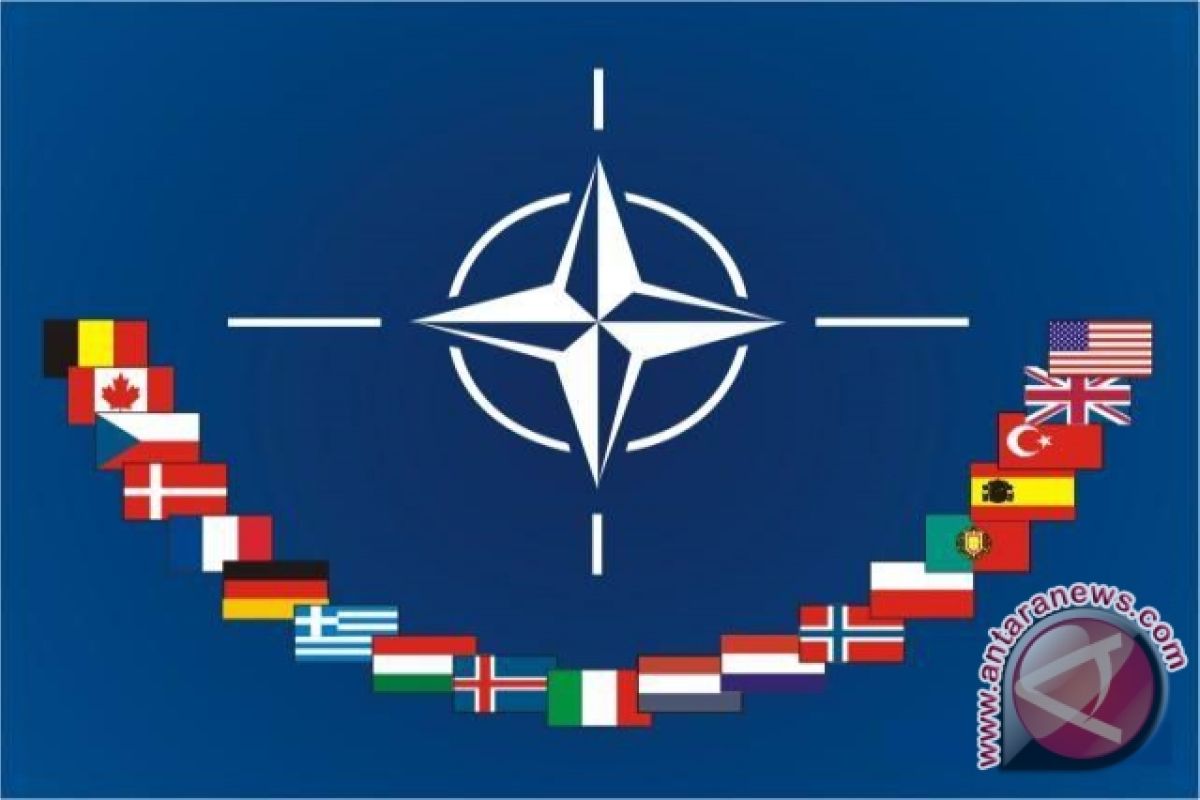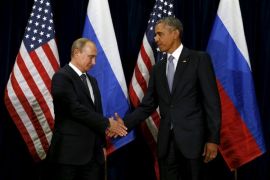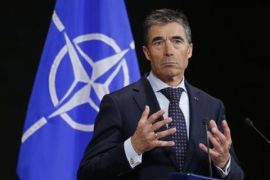"Attack helicopters under NATO command were used for the first time on 4 June 2011 in military operations over Libya as part of Operation Unified Protector," the Atlantic Alliance said in a statement.
"The targets struck included military vehicles, military equipment and fielded forces" of the Kadhafi regime, said the statement, without detailing exactly where the strikes had taken place.
British Apache helicopters took part in the attacks, the Ministry of Defence said in London. "Yes, we confirm" their intervention, a spokeswoman said, without giving further details.
London, which has since March 19 taken part in the international coalition`s operations in Libya, announced late last month it was sending in four attack helicopters to be based on HMS Ocean off the north African coast.
Lieutenant General Charles Bouchard, commander in chief of the NATO mission in Libya, said "this success demonstrates the unique possibilities offered" by using combat helicopters.
"The use of attack helicopters provides the NATO operation with additional flexibility to track and engage pro-Kadhafi forces who deliberately target civilians and attempt to hide in populated areas," the statement went on.
It quoted Bouchard, the Canadian officer in charge of Operation Unified Protector, as saying: "We will continue to use these means when and where necessary, with the same precision as in all our missions."
NATO forces "are constantly reviewing their operations and use of available assets, including attack helicopters, to best maintain the momentum and increase the pressure on pro-Kadhafi forces."
The statement recalled that NATO`s operation was being conducted under UN Security Resolution 1973, which did not authorize the sending of troops to occupy Libya but "which calls for an immediate end to all attacks against civilians and authorized all necessary measures to protect civilians and civilian populated areas under threat of attack in Libya."
At the end of May, Bouchard said French and British attack helicopters would allow NATO to conduct an "effective and aggressive" mission against Kadhafi forces threatening the civilian population.
"It`s an additional capability to pinpoint these vehicles that are much more difficult to see from aircraft at high altitude," he said from his headquarters in Naples, Italy.
France was contributing four Tigre attack helicopters while Britain offered four Apaches, NATO military officials said, adding that the helicopters were being prepared to fly over sea water and desert conditions.
The choppers were based respectively on the helicopter carriers Tonnerre and HMS Ocean. The Tonnerre was also transporting a dozen Gazelle helicopters that are older than the Tigres, an alliance military official said.
Insisting that NATO had no intention to put troops on the ground, Bouchard said in late May: "The helicopters that are being provided to us are armed and attack helicopters and they are not the type that do mass movements of troops on the ground." (H-RN/C/H-RN)(*)
Editor: Ella Syafputri
Copyright © ANTARA 2011






